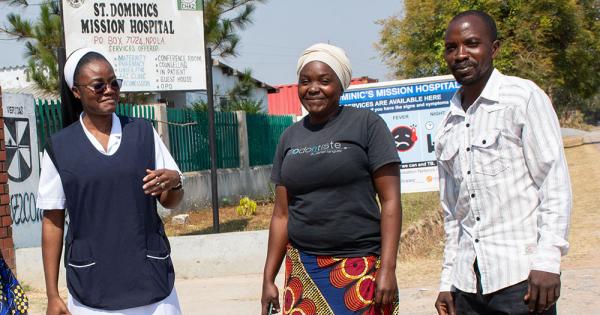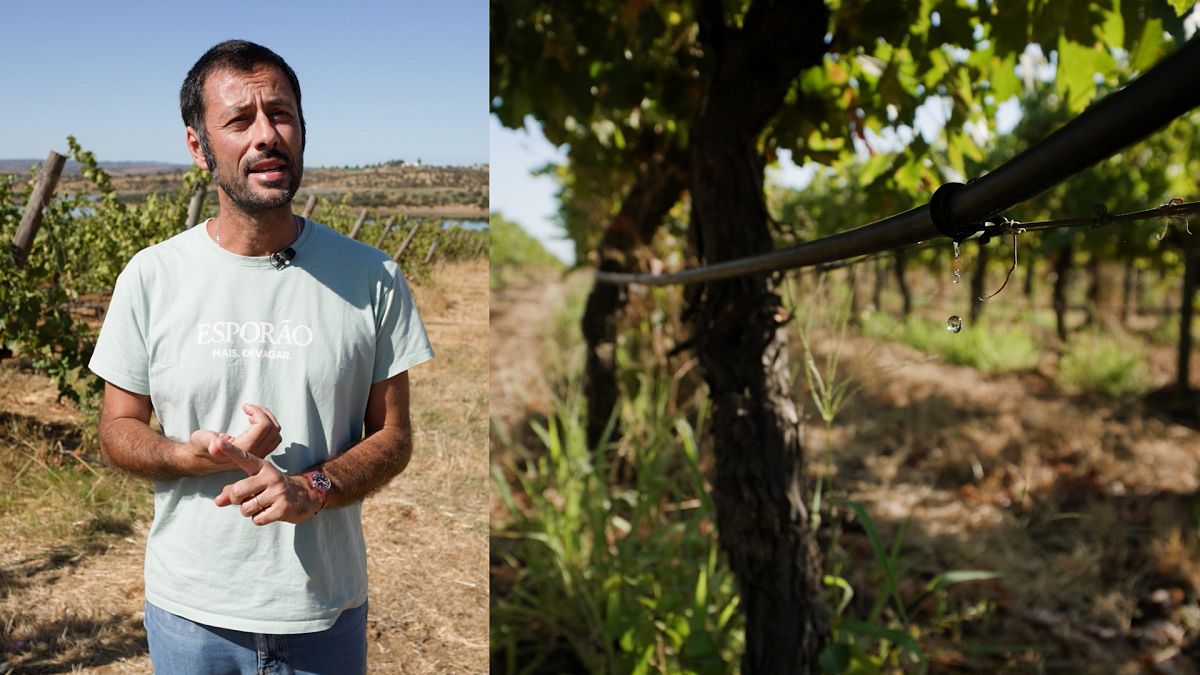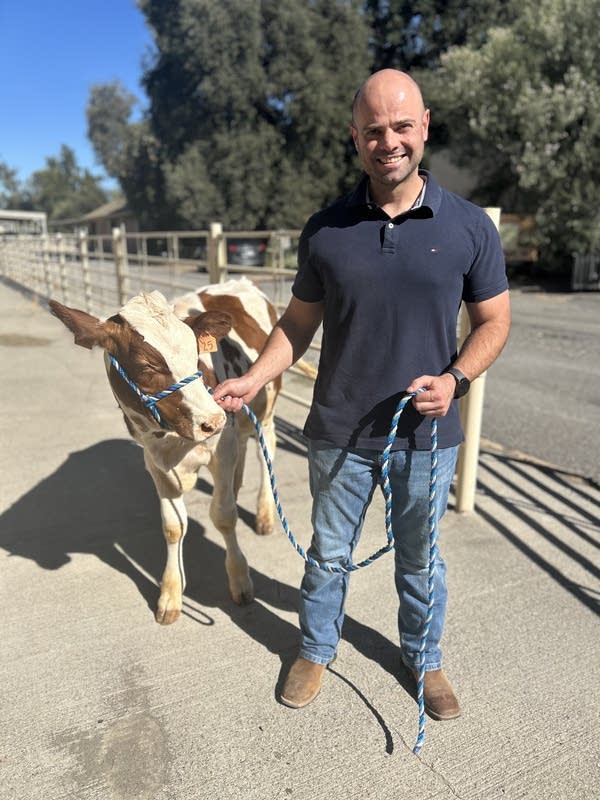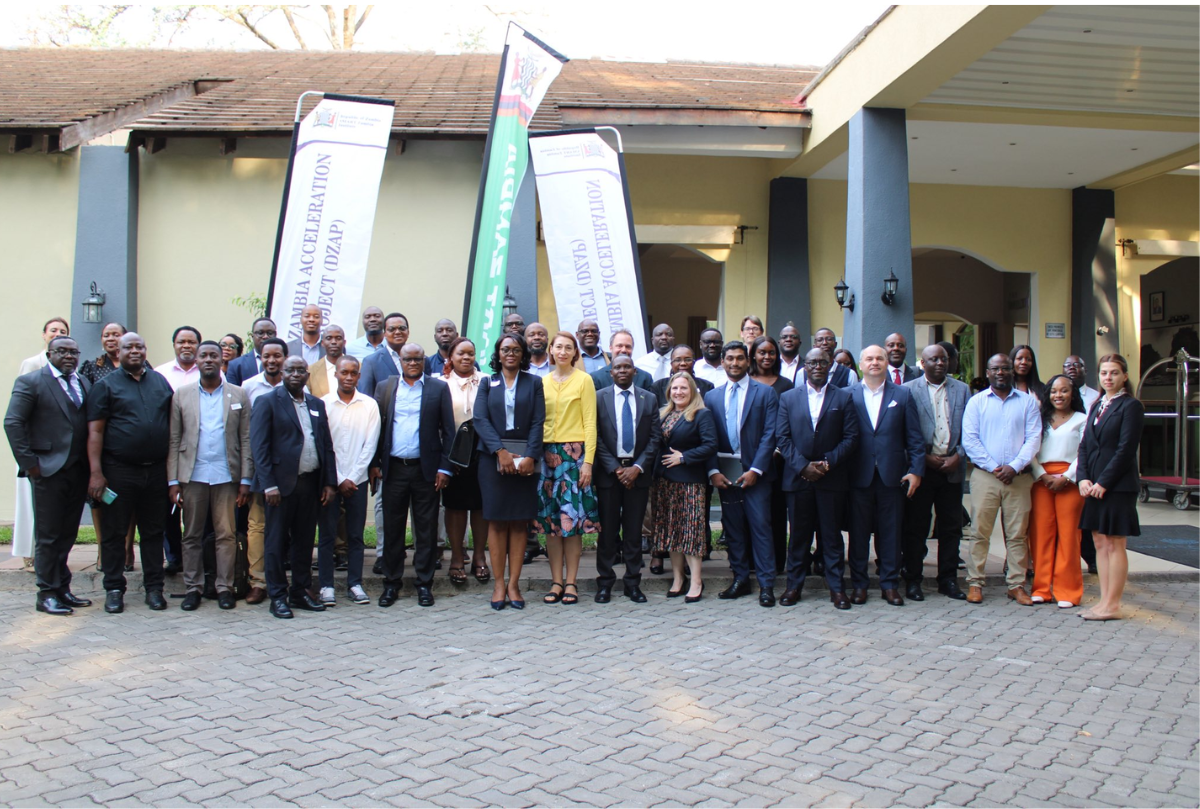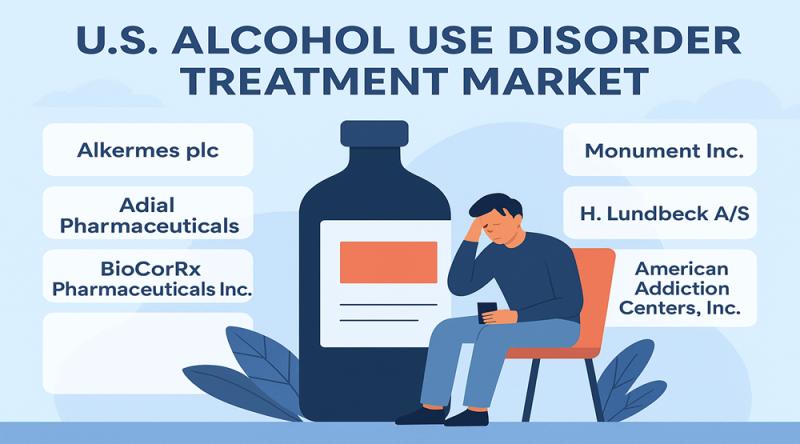Rats migrating in cities may spread deadly disease – The Wildlife Society

Report on Urban Rodent Management and its Impact on Zoonotic Disease Transmission in the Context of Sustainable Development Goals
Introduction: Urban Health and Sustainable Cities
A recent study conducted in Boston investigates the transmission of leptospirosis by urban brown rat (Rattus norvegicus) populations, revealing that conventional pest control methods may paradoxically exacerbate disease spread. This research carries significant implications for several United Nations Sustainable Development Goals (SDGs), particularly SDG 3 (Good Health and Well-being) and SDG 11 (Sustainable Cities and Communities). The findings suggest that disrupting established rat colonies through pest control or construction can induce migration, facilitating the transmission of pathogens between previously isolated animal populations and increasing public health risks.
Research Overview and Methodology
The study, published in Neglected Tropical Diseases, was a collaborative effort involving researchers from Tufts University, the Boston Inspectional Services Department, the U.S. Department of Agriculture (USDA), and Northern Arizona University, exemplifying SDG 17 (Partnerships for the Goals). The primary objective was to assess the prevalence of the Leptospira bacterium in Boston’s rat population and understand the genetic and spatial dynamics of its transmission.
Methodological Approach:
- Sample Collection: Researchers analyzed 328 rat carcasses, sourced from city services and direct trapping efforts, including historical samples to track changes over time.
- Pathogen Detection: The USDA conducted molecular tests on rat kidneys to identify Leptospira infections and sequence the bacterium’s genome. Lungs were also tested for Seoul virus, a type of hantavirus.
- Population Genetics: Genetic markers were used to delineate distinct rat populations across the city and track their migration patterns, providing insight into how urban infrastructure either facilitates or blocks their movement.
Key Findings and Public Health Implications
The research yielded critical data on disease prevalence and rat ecology, highlighting challenges to achieving urban health and sustainability targets.
- Disease Prevalence:
- Approximately 18% of the sampled rats tested positive for Leptospira, the bacterium causing leptospirosis.
- A genetic link was established between a Leptospira clade found in the rats and a severe human case of leptospirosis reported in Boston in 2018.
- Furthermore, 8.6% of rats tested were positive for Seoul virus, a zoonotic pathogen that can cause hemorrhagic fever with renal syndrome in humans.
- Rat Migration and Urban Ecology:
- The study confirmed that rat populations generally exhibit high site fidelity, remaining within a few city blocks.
- However, human activities such as construction and transportation (e.g., subway lines) can disrupt this stability, forcing rats to migrate and potentially spread disease to new areas. This finding directly impacts strategies for SDG 15 (Life on Land), specifically concerning the management of invasive species in urban ecosystems.
Alignment with Sustainable Development Goals
The study’s conclusions underscore the interconnectedness of urban planning, public health, and social equity, framing the issue of rodent control as central to sustainable development.
SDG 3: Good Health and Well-being
Leptospirosis is a major global zoonotic disease, responsible for over one million human cases and nearly 60,000 deaths annually. The presence of both Leptospira and Seoul virus in Boston’s rat population represents a direct threat to public health. The research calls for a shift in focus from simple population reduction to targeted public health interventions, aligning with SDG Target 3.3 to end epidemics of communicable diseases. Understanding the disease dynamics within rat populations is a critical first step toward preventing human infection.
SDG 11: Sustainable Cities and Communities
The finding that conventional pest control and urban construction can increase disease risk challenges current urban management paradigms. A sustainable city must manage its environmental health risks effectively. The report suggests that a “One Health” approach, which recognizes the link between human, animal, and environmental health, is necessary. Instead of city-wide eradication campaigns, which are deemed unfeasible, resources should be focused on high-risk areas. This risk-based management strategy contributes to SDG Target 11.6, which aims to reduce the adverse environmental impact of cities by improving waste management and addressing other public health concerns.
SDG 10: Reduced Inequalities
The research explicitly identifies that the burden of risk for leptospirosis is not evenly distributed. Vulnerable groups, including people experiencing homelessness, sanitation workers, and individuals engaged in outdoor injection drug use, face a significantly higher risk of exposure. This highlights a critical health inequity. The call for targeted surveillance and intervention in these at-risk communities directly supports SDG Target 10.3, which aims to ensure equal opportunity and reduce inequalities of outcome by addressing the specific health vulnerabilities of marginalized populations.
Conclusion and Recommendations
This report concludes that current approaches to urban rat control may be counterproductive to public health goals. To advance the Sustainable Development Goals, particularly those related to health, urban sustainability, and equity, a strategic shift is required.
- Management efforts should move away from unfeasible city-wide eradication and toward a targeted, risk-based approach focused on areas where infected rats and vulnerable human populations overlap.
- Enhanced surveillance for zoonotic diseases like leptospirosis and Seoul virus is necessary, especially within at-risk human populations, for whom there is currently no systematic monitoring.
- Urban planning and development projects must consider their potential impact on rodent populations and associated disease risks to build healthier and more resilient cities for all.
SDGs Addressed in the Article
SDG 3: Good Health and Well-being
- The article focuses on the public health risks posed by zoonotic diseases like leptospirosis and Seoul virus, which are spread by urban rat populations. It details the severity of leptospirosis, mentioning it can cause “multi-organ failure” and results in “nearly 60,000 deaths annually” worldwide. This directly relates to ensuring healthy lives and promoting well-being.
SDG 11: Sustainable Cities and Communities
- The entire context of the article is urban, specifically Boston. It discusses challenges within cities, such as pest control, the impact of construction on wildlife, and how urban infrastructure (like subway lines) can facilitate disease spread. It also highlights the vulnerability of specific urban populations, such as “people experiencing homelessness” and “sanitation workers,” connecting urban living conditions to health risks.
SDG 15: Life on Land
- The article examines an invasive alien species, the brown rat (Rattus norvegicus), and its impact on the urban ecosystem. It discusses the management of this wildlife (“Our management of rodents is impacting their movement”), their population dynamics, and their role as disease vectors, which falls under the scope of protecting terrestrial ecosystems and managing invasive species.
Specific SDG Targets Identified
SDG 3: Good Health and Well-being
- Target 3.3: End the epidemics of neglected tropical diseases and other communicable diseases.
- The article explicitly refers to the study being published in Neglected Tropical Diseases and describes leptospirosis as the “most widespread bacterial zoonotic disease.” It also discusses another communicable disease, Seoul virus, found in the rat population.
- Target 3.d: Strengthen the capacity for early warning, risk reduction and management of national and global health risks.
- The article highlights a major gap in public health infrastructure, stating, “right now, there’s no surveillance to understand these dynamics at all.” The research itself is presented as a “first step” toward understanding and managing the health risk posed by rats in Boston.
SDG 11: Sustainable Cities and Communities
- Target 11.1: Ensure access for all to adequate, safe and affordable housing and basic services.
- The article identifies “People experiencing homelessness” as a high-risk group for contracting leptospirosis due to their increased exposure to rats and contaminated environments. This links the lack of adequate and safe housing directly to a significant public health threat.
- Target 11.6: Reduce the adverse per capita environmental impact of cities, including… waste management.
- The article discusses “pest control campaigns” as a core part of managing the urban environment. It critiques current methods that may “exacerbate the spread of leptospirosis” and calls for a more strategic approach focused on “high-risk areas,” which is a key aspect of improving municipal environmental management.
SDG 15: Life on Land
- Target 15.8: Introduce measures to prevent the introduction and significantly reduce the impact of invasive alien species.
- The article identifies the brown rat as an invasive species that “spread from Asia to Europe to North America in the 1700s.” The entire study is focused on understanding and mitigating the negative impact (disease transmission) of this invasive species in an urban environment.
Indicators for Measuring Progress
Indicators for Target 3.3
- Prevalence of pathogens in vector populations: The study provides a direct measurement: “Of the 328 rats sampled in the study, about 18%, or 59 individuals, tested positive” for Leptospira, and “8.6% were positive for Seoul virus.” Tracking these percentages over time would indicate progress in controlling the diseases at their source.
- Incidence of human cases: The article mentions global statistics (“over 1 million human cases and nearly 60,000 deaths annually”) and notes that “cases have been increasing in the Northeast.” A reduction in the number of human cases would be a primary indicator of success.
Indicators for Target 3.d
- Establishment of surveillance systems: The article implies the need for this indicator by stating, “there’s no surveillance to understand these dynamics at all.” The creation and operation of a system to monitor zoonotic diseases in urban wildlife and at-risk human populations would be a direct measure of progress.
Indicators for Target 11.1
- Disease incidence in vulnerable populations: The article suggests a focus on at-risk groups like “people experiencing homelessness… and sanitation workers.” An indicator would be the rate of leptospirosis infection within these specific populations, as a reduction would signify improved safety and living conditions.
Indicators for Target 15.8
- Tracking of invasive species movement: The article describes how researchers “used genetic markers to delineate rat populations in the city and track their migration.” This methodology itself can serve as an indicator to monitor the effectiveness of control measures aimed at containing the spread of the invasive rat population.
Summary of SDGs, Targets, and Indicators
| SDGs | Targets | Indicators |
|---|---|---|
| SDG 3: Good Health and Well-being |
3.3: End epidemics of neglected tropical and other communicable diseases.
3.d: Strengthen capacity for early warning and management of health risks. |
– Prevalence of pathogens (Leptospira, Seoul virus) in rat populations (e.g., 18% positive for Leptospira). – Incidence of human cases of leptospirosis. – Existence and effectiveness of public health surveillance systems for zoonotic diseases. |
| SDG 11: Sustainable Cities and Communities |
11.1: Ensure access to adequate and safe housing.
11.6: Reduce the adverse environmental impact of cities (e.g., pest/waste management). |
– Rate of disease incidence among vulnerable populations (people experiencing homelessness, sanitation workers). – Effectiveness of pest control campaigns measured by disease transmission reduction, not just population eradication. |
| SDG 15: Life on Land | 15.8: Reduce the impact of invasive alien species. | – Genetic tracking of invasive rat populations to monitor migration and the effectiveness of control measures. |
Source: wildlife.org

What is Your Reaction?
 Like
0
Like
0
 Dislike
0
Dislike
0
 Love
0
Love
0
 Funny
0
Funny
0
 Angry
0
Angry
0
 Sad
0
Sad
0
 Wow
0
Wow
0









